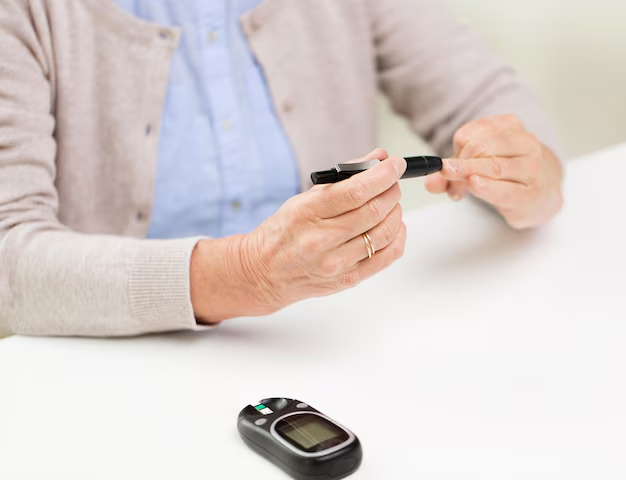Spotting Diabetes: Key Signs You Shouldn't Ignore
It’s not uncommon to wonder if the symptoms you're experiencing might point to diabetes, a chronic condition affecting millions worldwide. Early detection is crucial, as it can lead to more effective management and a healthier life. Here’s how you can tell if you might have diabetes and what steps to take next.
Recognizing the Symptoms
Diabetes can present itself with various symptoms, some more apparent than others. Here are the key signs to watch for:
- Frequent urination: If you find yourself needing to visit the restroom more than usual, especially at night, it might be a red flag.
- Increased thirst: Consistently feeling parched, no matter how much you drink, can be a symptom.
- Unexplained weight loss: Losing weight without trying, particularly alongside increased hunger, can be a signal.
- Fatigue: Persistent feelings of tiredness and lack of energy might indicate your body’s difficulty in processing glucose.
- Blurred vision: Sudden changes in vision could be linked to blood sugar changes affecting the eyes.
- Slow-healing wounds: Cuts and bruises that take longer to heal than normal should not be ignored.
Note that experiencing one or more of these symptoms doesn’t automatically mean you have diabetes, but they merit a conversation with a healthcare professional.
The Importance of Testing
If any of these symptoms resonate with you, it’s essential to get tested. Diabetes diagnosis typically involves:
- Fasting blood sugar test: Measures your blood glucose after fasting overnight.
- A1C test: Provides an average blood sugar level over the past two to three months.
- Oral glucose tolerance test: Evaluates how your body processes sugar after consuming a sugary drink.
Managing a Diabetes Diagnosis
Should you receive a diabetes diagnosis, managing the condition effectively becomes the priority. This includes:
- Adopting a balanced diet and regular exercise routine.
- Monitoring blood sugar levels consistently.
- Possibly using medication or insulin as prescribed.
Navigating Financial Solutions
Healthcare costs can be overwhelming, but there are resources available to ease the financial burden:
- Government aid programs: Check eligibility for state-sponsored health plans or Medicaid.
- Financial assistance: Several non-profit organizations offer assistance with medical costs, including medication.
- Debt relief options: Consider negotiating with healthcare providers for payment plans or reduced fees.
- Educational grants: If managing diabetes affects educational pursuits, some institutions offer grants or support services.
Ensuring financial stability while managing health challenges is critical. Here’s a quick guide to some useful resources:
- 🩺 Government Aid Programs: Medicaid, CHIP, and other state programs can help cover medical expenses.
- 💰 Financial Assistance Programs: Seek out organizations like the Patient Advocate Foundation.
- 📉 Debt Relief Options: Consider agencies that specialize in negotiating medical debts.
- 🎓 Educational Grants: Some colleges offer special funding for students managing chronic illnesses.
Taking charge of your health and finances will set you on the right path toward a stable and supported life, even with a diabetes diagnosis. Stay informed, proactive, and never hesitate to reach out for the needed help.
